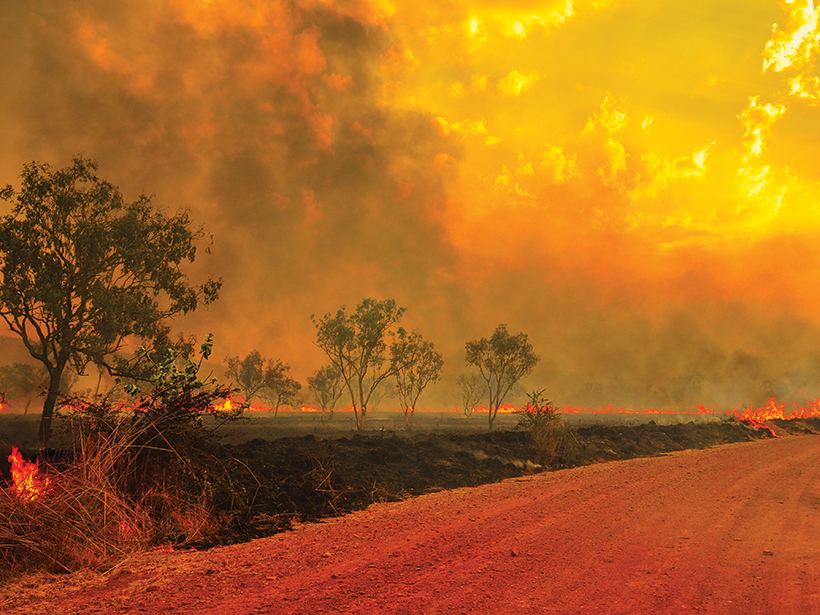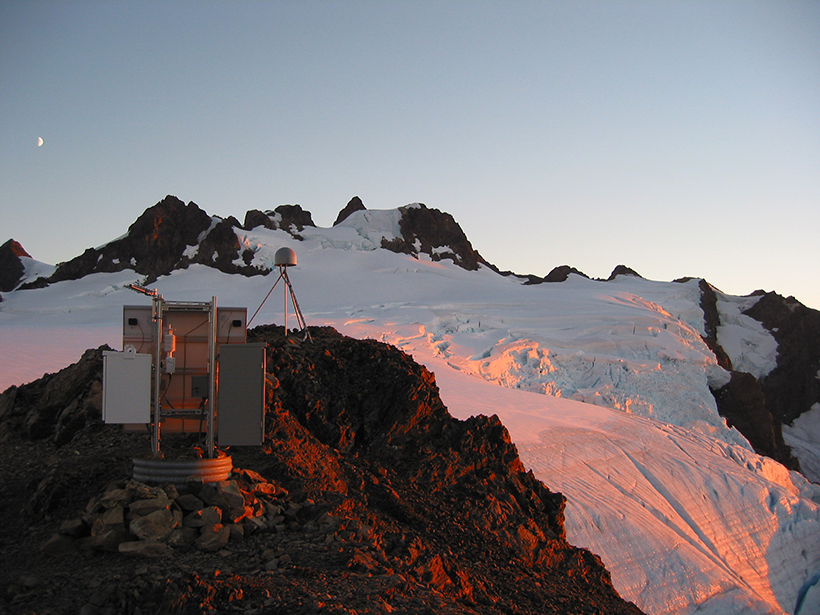Entrepreneurs are addressing global challenges with science-based—and financially sustainable—solutions.
Features
Firing Up Climate Models
Scientists are working to incorporate wildfire data into climate models, resolving hindrances related to scale, speed, and the complex feedbacks between the climate and wildfire emissions.
What Is Left in the Air After a Wildfire Depends on Exactly What Burned
Forecasting air quality after a wildfire is improving, thanks to more-refined models that measure the biomass going into the blaze and the emissions coming out.
The World in 2050 Pursues Paths to a Sustainable Future
This initiative aims to provide fact-based knowledge to help implement and achieve the United Nations’ Sustainable Development Goals.
Seismic Sensors in Orbit
Navigation satellites are enabling high-precision, real-time tracking of ground displacements, supplementing traditional methods for monitoring and assessing earthquakes.
A Modern Manual for Marsquake Monitoring
Thanks to some extraordinary engineering, the InSight mission has led the new field of Martian seismology to the development of a new planetary magnitude scale in less than a year.
Scientists Scramble to Collect Data After Ridgecrest Earthquakes
Ground shaking in Southern California, including a magnitude 7.1 temblor, triggered a massive mobilization effort to collect seismological, geological, and geodetic data.
The Emotional Toll of Climate Change on Science Professionals
Earth scientists and communicators dealing with or studying climate change face many potential stressors. They need support and resources to maintain and improve their emotional well-being.
A Geodata Fabric for the 21st Century
We have the potential to transform our understanding of Earth—if we can just figure out how to harness ever growing data streams.
No Place to Flee
The Syrian refugee crisis has had far-reaching consequences for geologic risk in neighboring Lebanon, providing insights into the interplay between forced displacement and natural disasters.










